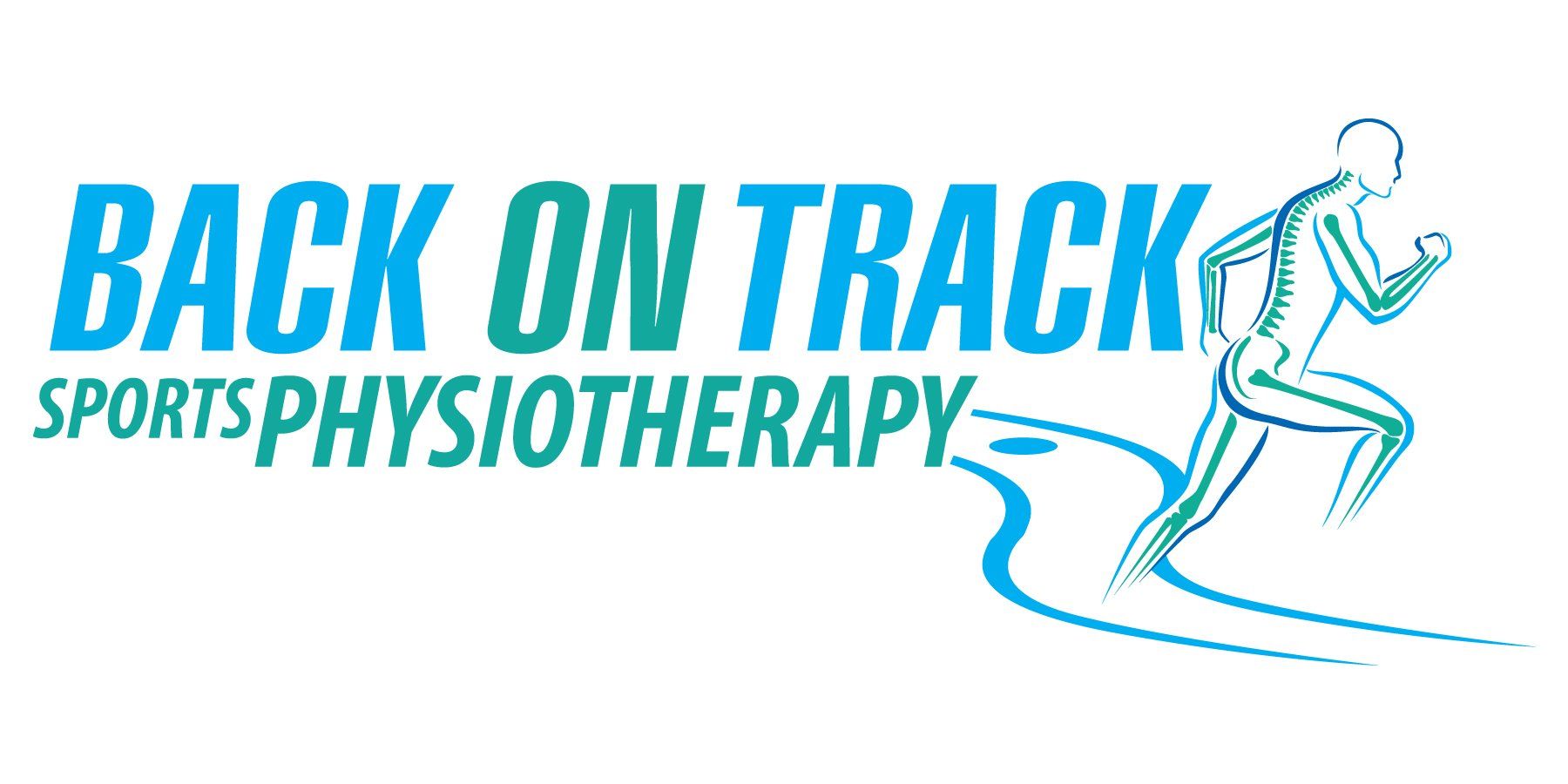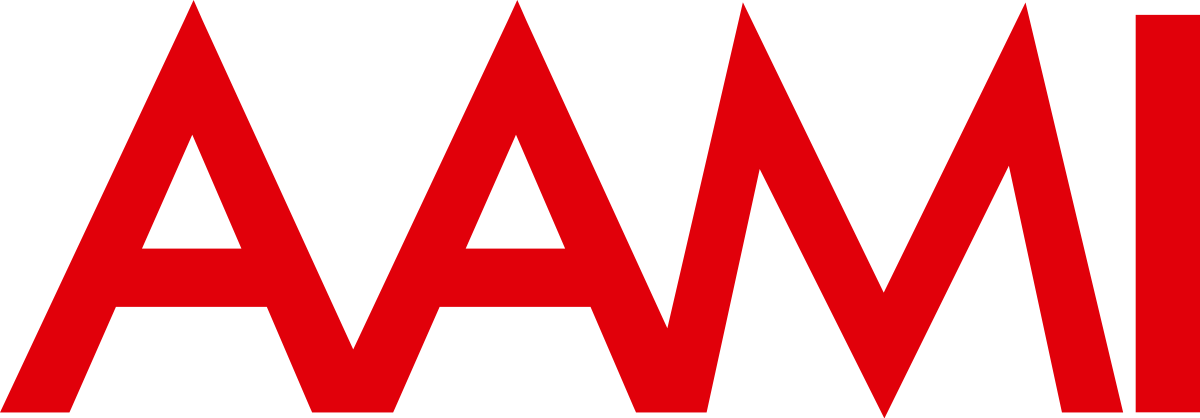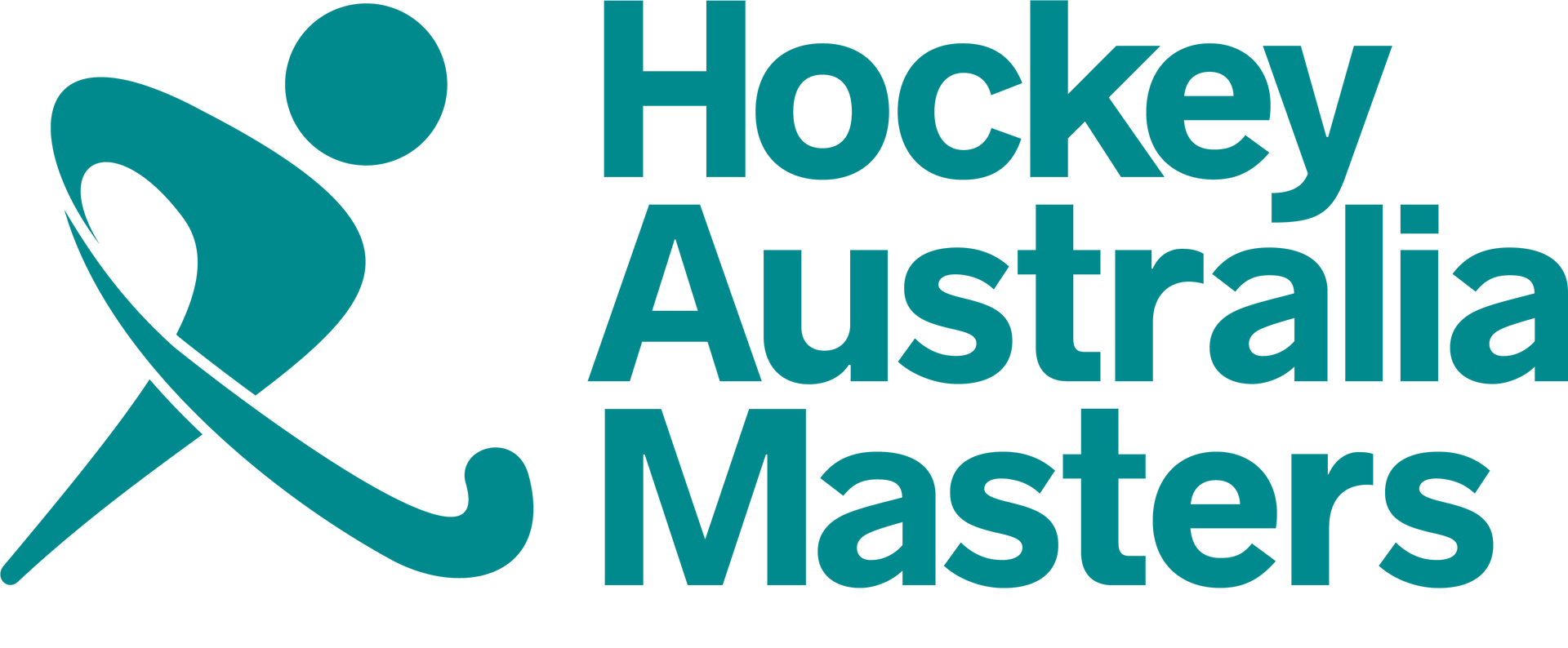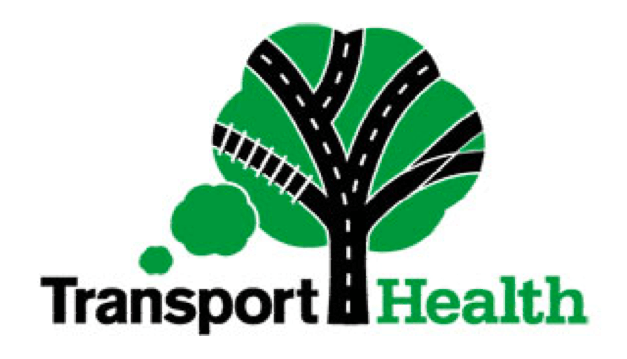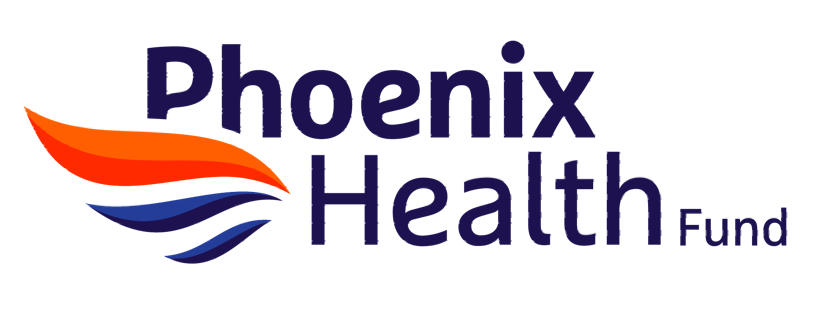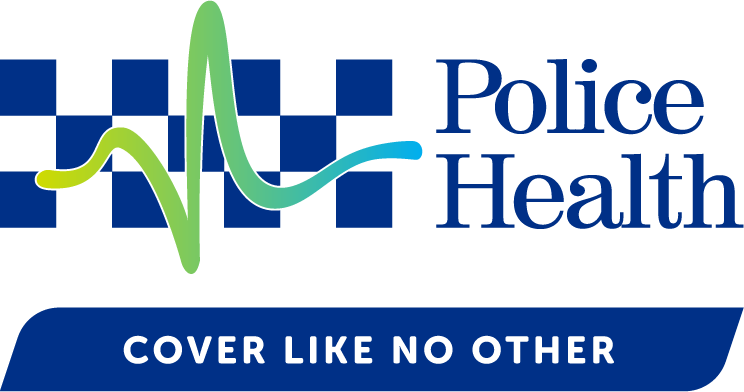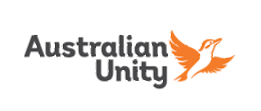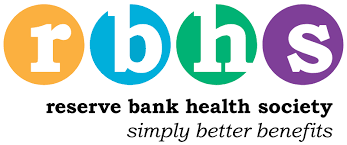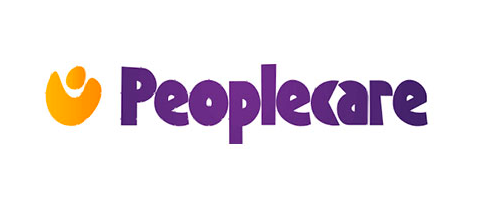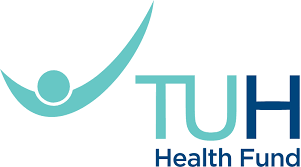Open 7 Days
Recovery techniques: Accelerate Healing After Sports Injuries
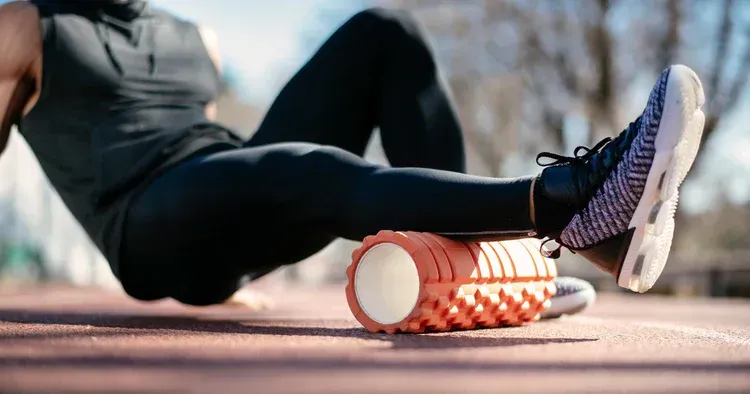
Sports injuries can be frustrating but are a common occurrence among athletes of all levels. Whether it's a sprain, strain, or tendonitis, the road to recovery can often be accelerated with the right physiotherapy techniques. In this article, we explore advanced methods that can help you get back to your active lifestyle sooner.
What does recovery involve?
The healing process for every injury differs. However, the primary stages of recovery are very similar for sprains/strains and fractures.
01 - Inflammatory phase
This phase is generally noted by the redness, swelling, pain, heat and disruption of function of the affected tissue. The primary purpose of this phase includes controlling the effect of the injury and returning the tissue to its normal state.
02 - Proliferation phase
This phase includes the tissue repair phase. Initially there will be fibrous material production followed by new blood vessel formation.
03 - Remodelling phase
This is the final stage and can overlap with the proliferation phase. The primary aim of this phase is to reduce the wound size and increase the scar strength.
Why is recovery important?
Recovery days are extremely important for anyone who is physically active.
These days allow:
1. Muscle repair – When you exercise, your muscles experience microscopic tears that require rest to allow reparative processes to take place and become stronger
2. Prevent overtraining – Overtraining causes excess stress to be placed on bones and tendons. To avoid this, ensuring that the body has adequate time to rest and recuperate is essential.
3. Energy replenishment – When exercising, energy depletes from various sources depending on the type, duration and intensity of the exercise. Therefore, ensuring your body is restored of energy to replenish these stores but also promote repair within muscles to become stronger.
Is there a difference between ice vs heat therapy?
Ice Therapy:
- When to Use: Immediately after the injury and for the first 48 hours to reduce inflammation and swelling.
- Method: Apply ice packs, with a cloth between skin and ice pack, to the injured area for 15-20 minutes every 1-2 hours.
- Benefits: Constricts blood vessels, reduces pain and swelling.
Heat Therapy:
- When to Use: After the initial swelling has subsided (typically after 48 hours), to promote blood flow and relaxation.
- Method: Use heat packs or warm baths/showers for 15-20 minutes at a time.
- Benefits: Relaxes muscles, improves circulation, enhances flexibility
How can compression assist in recovery?
Compression plays a significant role in managing swelling and providing support during recovery. This is particularly useful during the inflammatory phase and can be combined with elevation from the POLICE protocol to accelerate the reduction of inflammation.
Compression Bandages: Wrap the injured area snugly but not too tight to reduce swelling and provide stability, ensuring that blood flow is maintained (can observe how quickly blood returns to the area of skin immediately next to compression bandage)
What is the role of active vs passive recovery?
Active recovery:
Indication: Active recovery involves gentle exercises and movements that promote blood flow and maintain joint mobility without aggravating the injury.
When to Use: Once acute symptoms (such as swelling and severe pain) have subsided.
Benefits: Helps in stimulating blood flow, promoting tissue repair, maintaining muscle strength and joint flexibility. Examples include gentle stretching, foam rolling, walking, and low-impact activities like swimming or stationary cycling.
Passive recovery:
When to Use: After the initial swelling has subsided (typically after 48 hours), to promote blood flow and relaxation.
Method: Use heat packs or warm baths/showers for 15-20 minutes at a time.
Benefits: Relaxes muscles, improves circulation, enhances flexibility
What else can our physiotherapists provide to accelerate recovery?
Manual Therapy:
- Purpose: Hands-on techniques such as massage, joint mobilization, and manipulation to improve range of motion, reduce pain, and enhance healing.
Other modalities:
- Types: Includes shockwave therapy, electrical stimulation (TENS), dry needling
- Benefits: Helps in reducing pain, promoting tissue repair, and improving circulation.
Therapeutic Exercises:
- Focus: Tailored exercises to strengthen muscles, improve flexibility, and restore normal function of the injured area.
While recovering from sports injuries can be challenging, integrating these advanced physiotherapy techniques—such as appropriate ice and heat therapy, compression techniques, and understanding the balance between active and passive recovery—can significantly accelerate healing. Remember, a personalized treatment plan developed with a physiotherapist ensures optimal recovery and minimizes the risk of recurring injuries. By taking proactive steps and adhering to a comprehensive rehabilitation program, athletes can return to their favourite activities stronger and more resilient than before.
